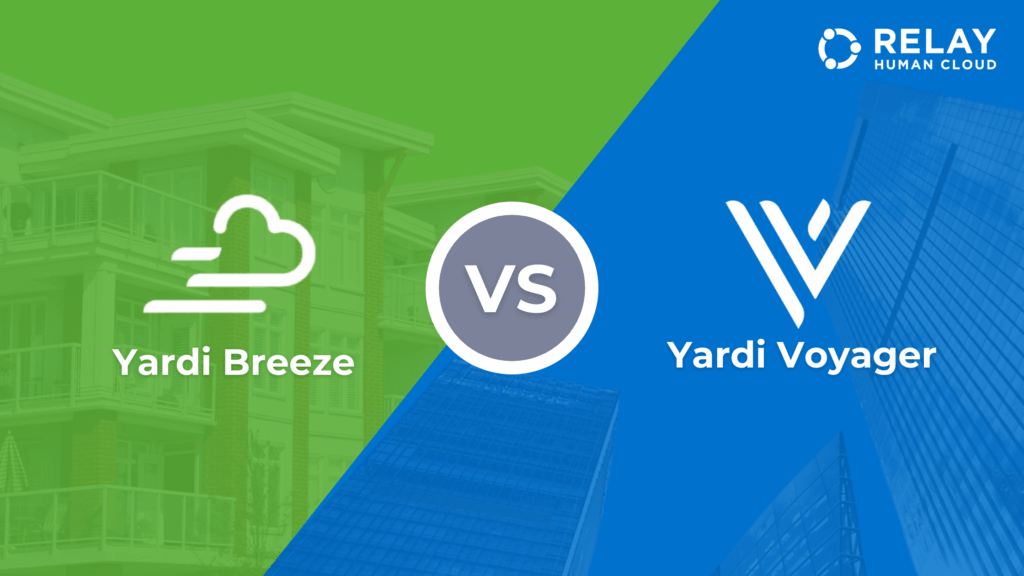Making decisions about talent strategies becomes crucial as businesses grow. Outsourcing and staff augmentation are two common methods used to fill insight or capacity gaps in a business. But which makes more sense for a fast-growing company?
Overview of the Market and Important Data
- By 2027, the global outsourcing market is expected to have grown significantly from its 2023 estimate of $731 billion to over $900 billion.
- In 2025, it is anticipated that staff increases will cost roughly $81.9 billion worldwide.
- 62% of IT executives say that staff shortages have caused them to miss revenue goals.
- In rapidly expanding industries like SaaS, real estate, and fintech, staff augmentation is becoming more and more common, and outsourcing is still a crucial way to get specialized knowledge and resources.
Staff Augmentation: What Is It?
Through staff augmentation, you can directly integrate outside talent into your internal team structure. These experts are trained to adhere to your SOPs and operate either as independent contractors or full-time within your systems, under your supervision.
Augmentation types:
- Specialized agencies with subject-matter experts
- Offshore/nearshore professionals from a reliable partner
Benefits:
- Easy integration with your tools, processes, and culture
- Fast ramp-up time (typically less than 10 days)
- Full control over task flow and output
- Flexible scaling up or down as needed
Limitations:
- Costs more per hour than outsourcing
- Requires direct supervision and onboarding
- Best for strategic, collaborative duties compared to high-volume processing
What is Outsourcing?
The process of assigning a whole workflow or function, such as helpdesk, payroll, or AP processing, to an outside vendor is known as outsourcing. The vendor manages the team, tools, and performance. You get the final results, not the people behind them.
Benefits:
- Vendor provides domain knowledge and tools
- Scalable with minimum efforts
- Hands-off operations
- Predictable pricing
Risks:
- Lack of control and transparency
- Vendor lock-in and switching expenses
- Inconsistency with internal standards or urgency
- Security or intellectual property protection issues
Comparing Staff Augmentation and Outsourcing
| Criteria | Staff Augmentation | Outsourcing |
| Control | High: your team, your tools | Low: vendor controlled |
| Integration | Fully within your workflows | Operates independently |
| Speed | Days to deploy | Weeks to months |
| Cost Structure | Pay per role/hour | Fixed outcome-based pricing |
| Flexibility | Easily scale up/down | Contract-based rigidity |
| Best For | Expertise gaps, fast-moving teams | Repetitive, rule-based tasks |
| Risk | Lower, controlled risk | Higher, vendor-dependent risk |
When to Select Employee Augmentation
- Quick hiring to meet urgent project requirements
- Total command over tools, procedures, and systems
- Specialized positions such as accounting in Salesforce, QuickBooks, or Yardi
- Adapting or changing processes where adaptability is essential
Example: Relay’s staff augmentation replaced AP outsourcing for a property management client. AP specialists were deployed in ten days. They shortened the month-end close cycle by three days and cut the backlog of invoices by 37% in just two weeks.
When It Makes Sense to Outsource
- Tasks are high-volume and rule-based (like ticketing systems, payroll, and scanning)
- You don’t need custom workflows or daily collaboration
- You want fixed pricing and a little internal work
- Cost-cutting is more crucial than agility.
Be aware that automation and artificial intelligence are upending outsourcing, particularly in repetitive, entry-level positions.
In conclusion, select the appropriate model
| Scenario | Choose Staff Augmentation | Choose Outsourcing |
| Need quick ramp-up | ✅ | ❌ |
| Require deep system integration | ✅ | ❌ |
| Want fixed pricing and no oversight | ❌ | ✅ |
| Projects evolve rapidly | ✅ | ❌ |
| Tasks are repetitive | ❌ | ✅ |
Ready to Scale Smarter?
Relay Human Cloud, deploys pre-vetted, tool-trained talent immediately, specializing in:
- Accounting (Yardi, QuickBooks, NetSuite)
- CRM (Salesforce, HubSpot)
- Finance & AP/AR
- Data & operations
- Marketing support
To find out how quick and flexible staffing can help you expand without the hassles of BPO, schedule a Discovery Call.
Frequently Asked Questions (FAQs)
Q1: Is hiring more employees more affordable than outsourcing?
A: Not all the time. Although it can cost more per hour, augmentation provides flexibility and control. You do, however, avoid unforeseen expenses like vendor training fees, poor integration, and delays.
Q2: Which model offers greater control?
A: Expansion of the workforce, you have direct control over tasks, priorities, and quality.
Q3: When should businesses outsource rather than hire more employees?
A: When duties are transactional, repetitive, and don’t require internal coordination or daily customization.
Q4: Is it possible to transition from augmentation to outsourcing later?
A: Indeed. To test workflows, many clients begin with staff augmentation and switch to outsourcing after things stabilize.




